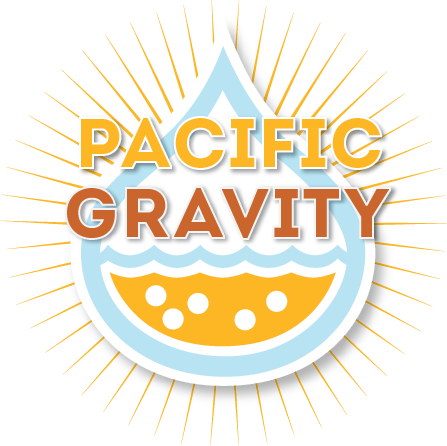Mike Sautter asks this month’s question: Is it better to force carbonate a keg or add priming sugar?
Answer:
This is one of those cases where you can go either way. However, there are a couple of factors to consider before you make your decision. You might even want to split the difference.
The big advantage of force-carbonating a beer is that it is quick. Suppose someone calls up and asks if you can have beer ready for a big party by tomorrow, and all you have is a beer sitting in secondary. You can quickly rack the beer into a keg, boost up the pressure, chill down the keg and you’re good to go. There is also the nice advantage that if the beer has cleared up in secondary, it leaves very little sediment in the keg.
The main advantage of adding priming sugar is that the beer will keep better and can mature more gracefully. The yeast will help consume any air in the headspace, and can even counteract a bit of acetaldehyde. Lager beers in particular can benefit, since it keeps the yeast active allowing you to take the whole keg through a diacetyl rest . Note that if you go this route, you need to allow time for the yeast to consume the priming sugar. This will take a week or so for an ale, but could take up to a month for a lager.
If you want to add sugar to the keg, keep in mind that I don’t recommend skipping the CO2 altogether. Quite often, the big O-ring on the lid doesn’t seat correctly, and all the gas escapes as it forms. This can lead to disaster, since it also means that air is getting in to the beer causing it to go flat (best possible outcome), sour, or even worse. Make sure you add enough CO2 so you see the lid seat snugly. Then, purge out the air in the headspace a couple of times. Purging is especially important if you skip the priming sugar.
Regardless of which method you use, you should consider the amount of CO2 you ultimately want. If you force-carbonate completely, you can use this chart to set the pressure. For best control, you can set the pressure regulator based on the volumes and temperature you have the keg at, and then let it sit for a few days. On the other hand, if you are in a hurry, you can crank the pressure up to about 30 psi, and get it done in a few minutes of shaking. If you go about the fast approach, make sure you check the pressure a while later. If you want to add priming sugar, it works well to add half the amount you would add for bottling, and then add only about 5 psi of CO2.
For best serving performance, it helps to check on the keg a few days before party day. Particularly if you have added sugar and force-carbonated, the pressure is likely to be too high. Open up the vent and bring it down, and give it plenty of time. If you save this for the last minute, the beer will be foamy, even if you have backed the serving pressure almost to zero. If anything, it is better to have the beer a bit undercarbonated. Another nice touch is if you blow out the yeast a day or two before the event. Particularly with primed kegs, the first couple of glasses will be thick with yeast. I especially recommend this for light lagers, where the party-goers are expecting a clear pour.
Got a question for the Brewmaster? Drop me a line at brewmaster AT picobrewery.com. Also, an archive of prior questions can be found at the Picobrewery website at http://www.picobrewery.com/ask.html.

